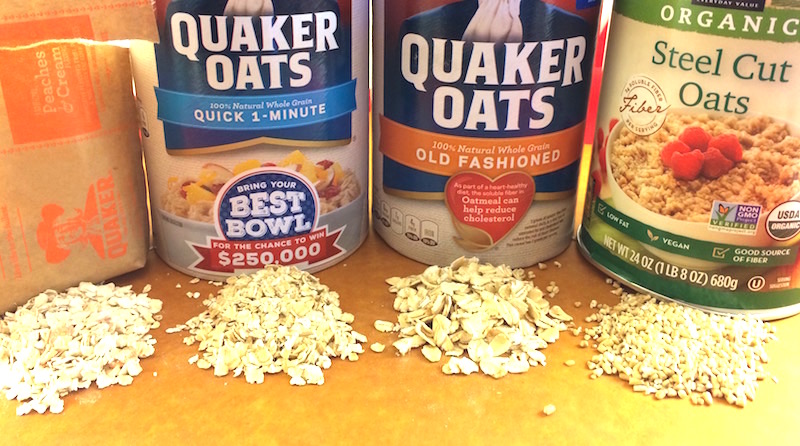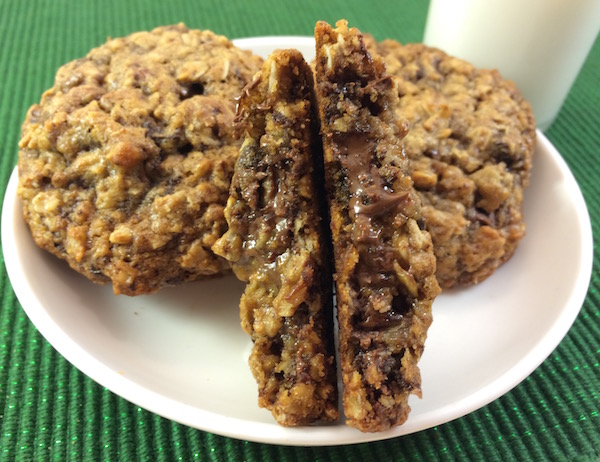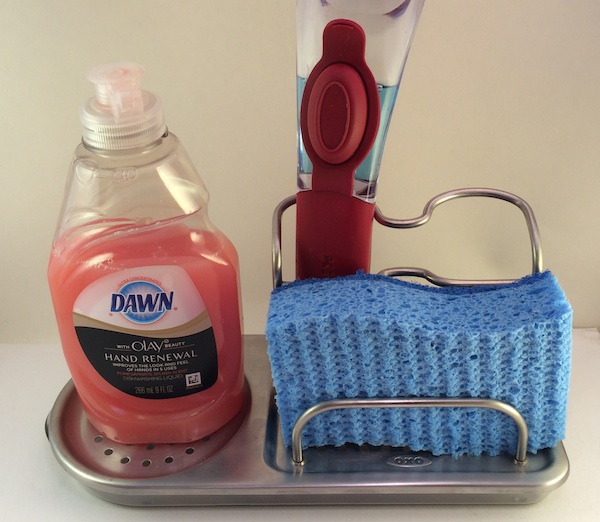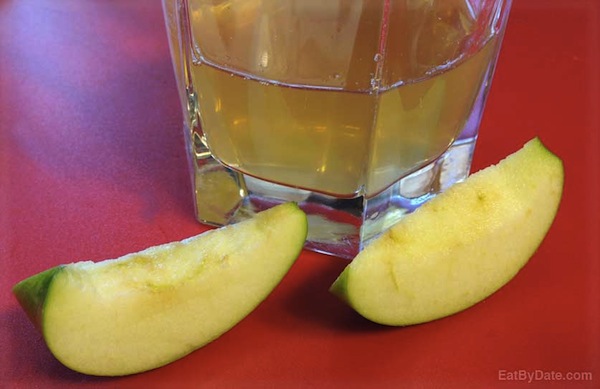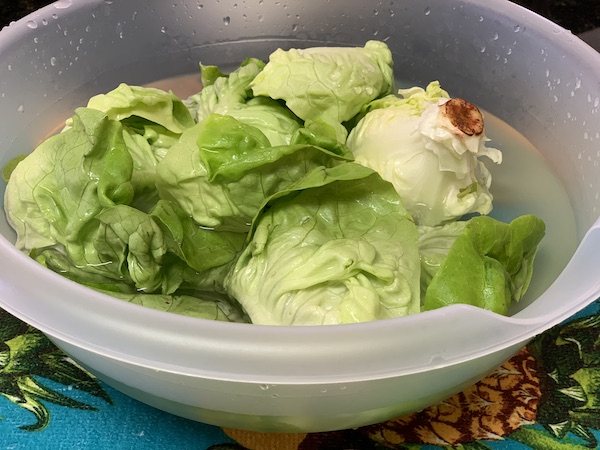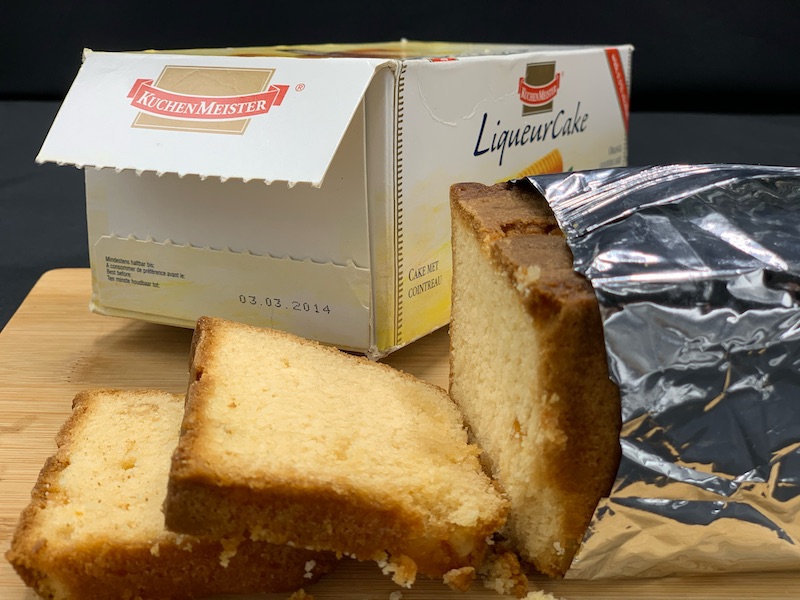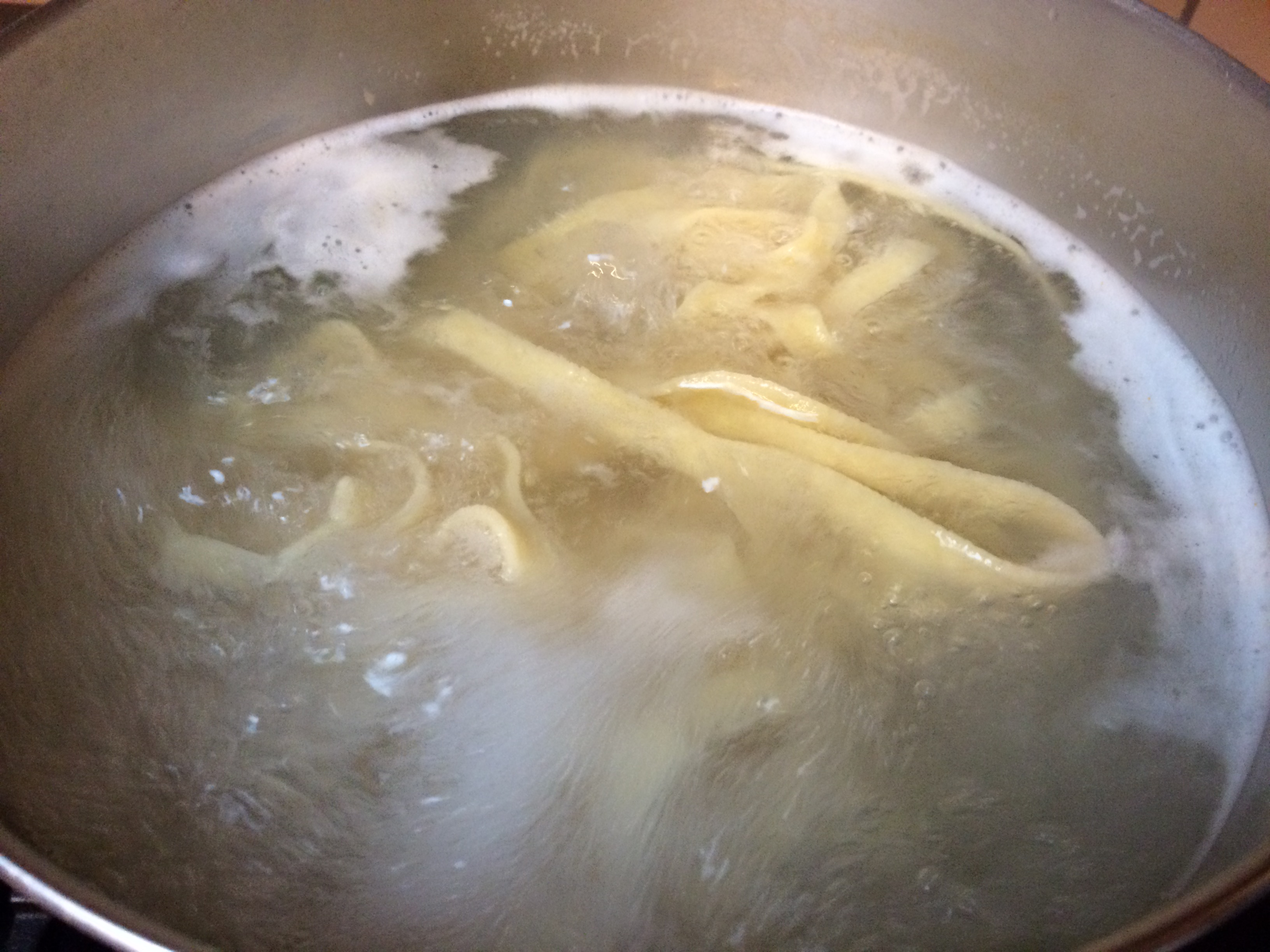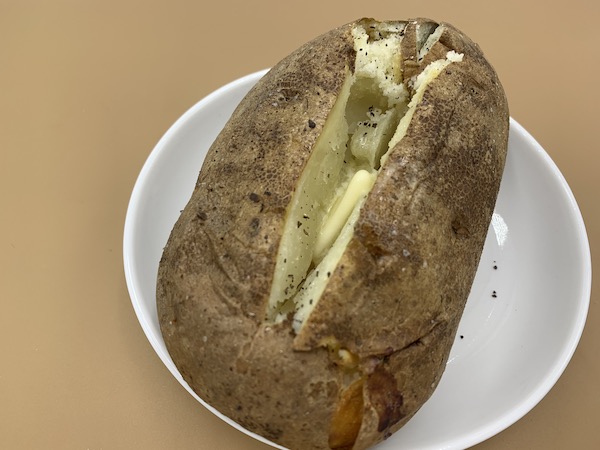Help Identifying Eat By Dates
How long has that spaghetti sauce been sitting on
the top shelf of the fridge?
What day did was that chicken dish prepared for
dinner?
Which day did that takeout enter the fridge?
If questions like these run through your head every time you open the fridge, then read on for a foolproof system of identifying and using leftover ingredients before their eat-by-dates become a thing of the past.

Help Identifying Eat By Dates
As back to school time approaches, or at least the height of back to school supplies available in the stores, it might be a good time to also supply the kitchen. As the kids gather new markers to start off the year, it’s a great time to think about grabbing an extra one for the fridge! Why? If things in the refrigerator and freezer are labeled, it’s far easier to realize that time is passing quickly on their lifespan (shelf life). This way the first in, first out inventory process can be easily implemented… even if someone executed a midnight rage on a perfectly organized fridge. Guesswork will become a thing of the past with this one simple tip.
Keep a black permanent marker in the butter compartment of the refrigerator. It’s right there by your right hand (lefties may want to stick it on the opposite door if a space is available) ready to be grabbed each time something new is added into the abyss. Use the marker to jot the date on the lid of an opened jar of spaghetti sauce when you first stick it in there. Put the open date on the chicken broth box or the orange juice container boldly right there on the front. Mark the wine label with the date opened, whether it’s a bottle or a box (remember that a box lasts much longer once opened).
Label the take-out container from wherever with the contents and when you ordered it – that will also save opening the container multiple times to figure out what is inside. Label plastic storage bags, most of them even have a white space perfect for jotting a date, whatever the contents.
Some items may be difficult to write on, say if they are cold or moist, so remember to write on each item as it is being placed into the fridge with the permanent marker that is so handy to reach each time the refrigerator door is opened.
What about reusable plastic or glass storage
containers?
Hopefully you’re using the see-through
containers so that you can see the contents without
lifting the lids (we love these completely stackable
Rubbermaid ones), but you don’t want to ruin
them by writing on them. Little round stickers work
well for these types of containers. For some reason
we had rice twice the week this picture was taken,
with these stickers the older one can be used first
to extend the shelf life the entire inventory.
Although, in this case they both got thrown into a
batch of fried rice.
Wondering why we didn’t just add the later rice into the first container? If that had been done then both rices would expire according to the first date. Which is what transpired by using them both for fried rice, but we knew it would all be consumed on the night the fried rice was made. Just remember to remove any applied stickers and dispose of them properly before washing the containers.

All of these clearly marked dates can then be later used for quick calculations while using the pages of EatByDate to determine the shelf life of products, since the exact open date will no longer be in question once it is clearly marked.
Help Identifying Eat By Dates
Additional Info
Wonder why there are folded butter wrappers inside
the refrigerator butter section that is pictured
above?
Those ready and waiting empty butter wrappers come
in very handy whenever it’s time to
grease a pan.
To find out how long butter lasts, view our butter page.
To find out if butter needs refrigeration, see both our refrigerate butter and our freeze butter posts.


